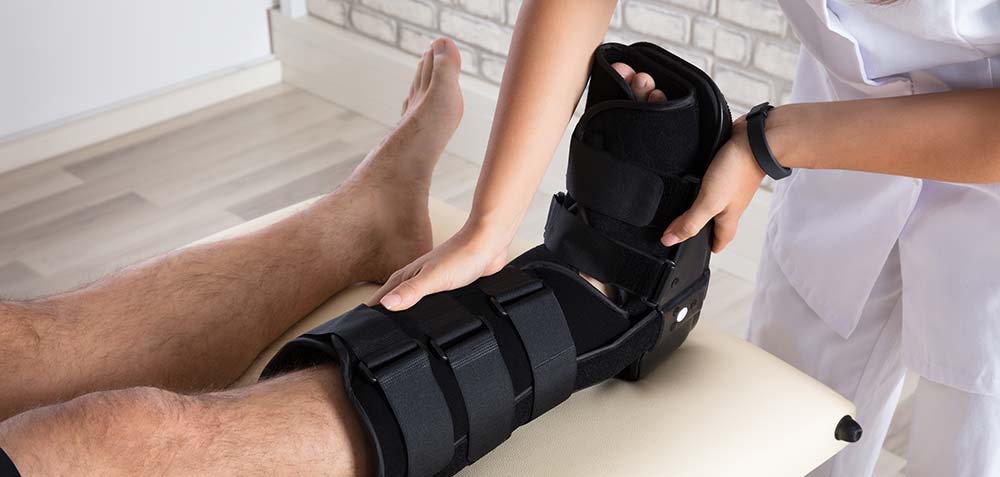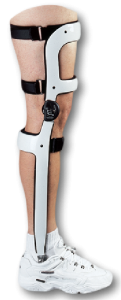Foot Braces Fundamentals Explained
Foot Braces Fundamentals Explained
Blog Article
The Definitive Guide for Foot Braces
Table of ContentsFacts About Foot Braces RevealedFacts About Foot Braces UncoveredFoot Braces Can Be Fun For Everyone
(1) Background: ankle-foot orthosis (AFO) is one of the most typically prescribed orthosis to patients with foot decline, and ankle and foot troubles. In this research study, we aimed to review the generally utilized kinds of AFO and present the recent growth of AFO. (2) Techniques: narrative testimonial. (3) Results: AFO prevents the foot from being dragged, gives a clearance between the foot and the ground in the swinging phase of stride, and preserves a secure position by permitting heel contact with the ground throughout the stance phase.By positioning thermoformed plastic to cover the favorable plaster model, it produces the orthosis in the precise shape of the design. PAFO typically includes a shank covering, foot plate, and Velcro band, with rest on ankle joint joints as required [13,14] PAFO can be identified according to the visibility of joints, mainly as solid ankle joint kinds without hinges and pivoted ankle joint kinds with extra hinges.
The leaf-like creases are planned to reinforce the component of the ankle joint with the most amount of movement and repeated loadings. The creases act as a springtime in the ankle joint that enables minor dorsiflexion in the mid and incurable positions, and this flexibility can likewise partially assist the push-off feature in the incurable stance.

See This Report about Foot Braces
The plantarflexion can likewise be entirely restricted by fitting the shells at 90 without space in between. The Gillette joint, like the Oklahoma joint, links a different shank covering with the foot covering, permitting both plantarflexion and dorsiflexion. HAFO is commonly used in children with spastic diplegia and individuals with abnormal hemiplegia after stroke, as it can extend the ankle joint plantar flexor to reduce stiffness and decrease chaotic muscle-response patterns.
